Anyone that has ever tried to assemble a vintage toolbox knows that the hammer is one of the essential tools. Hammers are vital tools used by a novice (DIYers), experienced, and professional carpenters for a wide range of purposes.
In this day and age, almost every household has a hammer, it doesn’t necessarily have to be the same type, but everyone has one or two classes. The most common use of the hammer is for punching nails into walls or removing already pounded nails from the wall.
Ever since the hammer was thought about and assembled hundreds of years ago, many have praised the concept behind it. A tool that creates and corrects its mistakes without much Ado is unsurprisingly a must-have for all.
But, the main focus here is antique and vintage hammers. Hundreds of collectors sometimes find it difficult to access information about these historical pieces. Expect to learn about the history and types of vintage hammers, how to assess their values, identify authentic pieces, and where to buy or sell valuable antique hammers.
Hang on as we go over all these details together.
Table of Contents
Evolution (History) of Hammers
The modern hammers you see around in toolboxes today had had an incredulous evolution since the initial prototype was designed by the early men thousands of years ago, from when man had to break shells or bones for food.
Since the beginning of the hammer’s evolution, the primary function has remained the same. That is, force is applied to the tool to hit another object, either for construction or feeding purposes. Hammers could be used to strike down Stine, metal, wood, ceramic, and every other item you could throw at it. Unlike the nineteenth century and earlier years when hammers looked more or less the same way, modern-day hammers (in fact, all tools) now have many designs, variations, sizes, and looks.
We’ll always regard the first man to create these highly versatile tools as geniuses. Here is a timeline of how the hammer evolved through the years.
Archeological Findings Of Hammers
Archeologists reported that the first hammer prototype was created at least 3 million years ago. This finding was disclosed in 2015 after Lake Turkana in Northern Kenya was explored.
The earliest hammer is termed a hammerstone. The early sapiens used it to break down stones and wood or make and cut other tools. Archeologists posit that the knowledge acquired while constructing and designing the hammer stone led to the formation of axes, knives, spearheads, and arrowheads.
In no hurry, the early humans successfully modified the heavy elliptical stone (hammerstone) to smaller rocks, bones, antlers, and ivory. This modification continued till we had more new cutting tools
Hammers In 30,000 BC
Around this period, the hammer evolved into a tool with a handle. To make this primitive tool, you need beams, bones, feathers, sinew, vine, leather, and similar equipment. The stone is first attached to the tying material and finally connected to the handle.
With this modification, the users could have more coordination of their movements and give better accurate strikes. The new hammer was used for more complex chores. The rising artisan community used this hammer for their intricate projects like sculpting.
The handle also reduced the number of hammer-related accidents to the user.
Hammers in 3,000 BC
By this time, also known as the bronze age, everyone had gotten used to the handles and stone heads. However, a significant development arose when a hammerhead was forged with bronze. This put a gradual stop to the use of stone heads and handles. The new hammers were more durable. At first, the new set of hammerheads was attached to the handles the same way the stone was. But the goldsmiths soon changed this. They put a hole in the bronze for the handle to fit into instead.
This forgery process was soon extended to create other products such as nails using different materials like copper. The handles were still being produced from wood and bone.
Hammers in 1200 BC
Bronze was solely used till this time when Iron was finally discovered. One of the first tools created from this newfound element was the hammer.
This contributed to making the bronze hammers, equipment, and tools obsolete. During this iron age, manufacturers began to modify the shapes of hammers. Some had square faces and cutting edges, while others had reliefs with round faces. The Claw head hammer design was prominent during this period. It was mainly created to retrieve bad, bent, or dented nails for re-forging.
The advantage of iron as the production material meant the hammers could be reused or re-smelted.
Hammers In the 1000s to 1500s
Steele was the reigning production material during this period. The hammer has already come a long way from the elliptical “hammer” stone in not just looks but functionality too.
In the 1500s, the steel iron was further refined to meet the current standards of steel production. During this sixteenth century, the functionality of the hammer was also refined. Manufacturers began to create hammers with distinct nuances that could conveniently carry out specific tasks. Activities like mining, masonry, coach building, house building, bricklaying, forging, and sculpting had hammers to suit their needs.
Hammers in the 1600s to 1800s
The industrial revolution caused more hammers to be forged, while the damaged ones were repaired or modified to meet the new production standards.
Hundreds of hammers were mass-produced during this period. They all had similar fittings and standards. The materials used differed—some used lead, brass, bronze, wood, rubber, and copper. The hammers were used to produce much more prominent, movable equipment.
Hammers in the 1900s
The new century ushered in new materials like casine, bakelite, and metal alloys. This resulted in hammers with different faces and handles, which could be used in very different ways. The knowledge of physics had also broadened, so it helped look for new ways to develop and improve the hammer’s functionality and aesthetics.
Hammers Today
Manufacturers in the 1900s laid the basis for the modern hammers we have today. Commercial companies like Thor, Estwing, and Stanley, which were founded between 1920 and 1926, are still in charge of inventing the outstanding hammers we all have in our toolboxes today. From the smallest surveyor’s hammers to the heavy electric and steam hammers.
Types of Antique Hammers
For every era in the early days, at least one new hammer design was invented.
Claw Hammers
Claw hammers were first invented in the Romanian era. The head of the hammer can be removed from the handle. Claw hammers were designed to remove nails from surfaces.
Not all claw hammers can remove all types or sizes of nails. Some, like the upholstery hammer, are specially designed with relatively smaller claws to remove tiny nails and brads on furniture. Cooper’s hammer is another unique claw hammer design used on barrels and casks.
Other examples of claw hammers include the slater’s hammer, crafting hammers, carpet hammers, and shaker hammers.
Veneer Hammers
Unlike the claws in claw hammers, veneer hammers have a hatchet-like piece. This ‘hatchet’ is positioned horizontally and has a rounded tip.
Stone sledgehammer
This was specially designed to break down huge rocks into tiny pieces. It has a long handle and a small head, which allows the handler to apply maximum force. Most times, precision is not necessarily vital. What is most important is force, a whole lot of it.
Blacksmith’s hammer
This hammer can be traced back several centuries. It was designed all those years ago to serve multiple purposes during forging, including bending and chipping away hot metal materials to create a specific shape. This specialist tool was conventionally designed to be used by blacksmiths.
Sledgehammer
Do I really need to say anything about this guy right here? Its giant hammerhead and the elongated handle is something we’ve seen at least once in our lives. With the sledgehammer, activities like breaking rocks or driving fence postings are relatively more straightforward.
Sledgehammers are designed to take extreme impact and are made of metal.
Gavel
The gavel hammer has been around for more than three centuries. It was and is still used to attract the attention of an audience. The most common locations where it is used include auctions, courtrooms, and public meetings.
Though small/compact, the gavel can put a large room on hold.
Brick Hammer
Also known as the stonemason’s hammers, this type of hammer was traditionally designed to serve as a simple chisel tool. It has a blunt end that is capable of splitting stones. The brick hammer’s chisel shape makes it good enough to smoothen the edges and round off smaller rocks.
Toolmaker’s Hammer
This was invented specially for toolmakers. They come in different sizes and designs depending on the tool being created. It is often accompanied by a magnifying glass beneath the hammerhead to give a better view. Antique jewelers still use this hammer today.
Reflex Hammer
Reflex hammers are used to test reflexes. Often used by medical officers and therapists, the design of the reflex hammer hasn’t changed much over the years. Modern designs have hammerheads made from rubber-like materials.
How To Identify Antique Hammers
There are different designs of antique hammers, and over the years, some modern manufacturers have replicated designs from several centuries. Before you can accept that you have an antique or the piece you’re about to buy is antique, you must be prepared to do a number of research.
The fact that a hammer is old does not automatically mean it is an antique. From experience, some duplicitous antique dealers intentionally create markings or scrapes on modern hammers to deceive unsuspecting novice collectors. To confirm you’re getting or selling an authentic, here are some things you could do.
Check the markings
Antique hammers usually have the hallmarks of their manufacturers on the hammerheads and sometimes on the wood. Sometimes, it’s the foundry’s mark that is engraved on the hammerheads. Once you find a mark on the items, crosscheck it through local library resources on old furniture and tools. Or you can check for other antique hammers with the same markings that may point you to details on the manufacturer.
Each antique hammer manufacturer has its own stamp; a quick check on the stamp saves you a lot of stress in the event the piece isn’t original. Some of these marks could also reveal their manufacturing date. As many manufacturers switch hallmarks and stamps after a few years.
Inspect the materials
If your antique hammer is made from bronze, bone, stone, or wood, there’s a reasonable chance it could be an antique. But remember that modern hammers also use this.
Locate an antique hammer collector’s club
There are collectors clubs for almost every antique or vintage items like hammers, furniture, and other household tools. These groups often have an online presence and forums to dispense information. Or you could contact a member of the group to help confirm the authenticity of your item.
Assessing the Value of Antique and Vintage Hammers
Value is relative. Some items are really not worth much monetarily, and their value is actually sentimental. Some vintage and antique hammers fall in this category.
Here are some factors that determine the value of an antique and vintage hammer
Sentiments
Kimberly’s family has passed down an antique hammer for several years, not because it was created from priceless jewels but because one of their forefathers used it to escape from marauders. Whenever Kimberly touches the hammer, she is reminded of the great sentimental value it holds for her family.
When you choose to sell off your vintage and antique item, you have to consider whether or not it holds any sentimental value to you.
Economy
The economy plays a huge role when assessing the value of an antique hammer. The demand and supply of the antique in question determine its economic worth.
Are you the only one interested in the piece?
Will someone else purchase it when you’re ready to sell?
Are there similar antique and vintage hammers around?
These are questions you need answers to whether you are attempting to buy or sell a vintage hammer. A tip to easily know whether an antique is valuable or not is its rarity and the demand for it. Rare antique hammers are highly sought-after and, as such, are highly valued.
Condition
Is your hammer still perfect, I mean as perfect as it was when it was manufactured centuries ago, or some parts have been chipped off? The condition of your hammer determines how valuable it could be. A hammer that has its hammerhead glued in after a break can never be as valuable as one that is still intact. Once any damage has been done to a hammer, its value would decline.
Unless, of course, it is given to a professional for restoration. An example can be seen in the video below.
Popular Vintage Hammer Manufacturers
These are some of the old manufacturers famous between the early times and the twentieth century for their durable, functional, and beautiful hammers. I made sure to include some of these vintage hammer maker’s marks for easy comprehension.
Yerkes & Plumb
This company was initially founded in 1856 by Jonathan Yerkes. Thirteen years later, Fayette Plumb bought into the partnership, and it was subsequently renamed Yerkes and Plumb. They were famous for their hammers and axes. In 1886, the original founder, Yerkes, chose to retire and sold his interest in the company to Plumb. Months later, the company began operating under the “Plumb’s” name only.
To identify antique hammers from this brand, check for trademarks PLUMB in block text or hollow block letters. Some of their hammers produced from 1917 are stamped with PLUMB within a rectangle
Keen Kutter
Characterized by their wedge-shaped logo on the hammerhead, hammers by Keen Kutter were lauded during the nineteenth and twentieth centuries in North America. The company specialized in cutleries and tools like hammers and axes.
Henry Cheney Hammer Co.
Established in 1854, the Henry Cheney Hammer was also known as Cheney Corp, H. Cheney Corp, H.Cheney Hammer Co., Henry Cheney er Corporation, and Henry Cheney Hammer Corp.
The leadership and ownership of the company changed hands at least three times throughout its century-long operations. Their hammers were used by masons, carpenters, geologists, blacksmiths, and machinists at the time.
Hammer produced under this company can be singled out by their stamps often engraved on the hammerheads. The stamp features the name of the company and the area of production; Little Falls, New York, U.S.A.
Stanley Hammers
This Texas-based company was famed between the 1800s and 1900s for its superior hammers sold in the United States tools market. The company has one of the richest histories of hammer production.
Stanley manufactures all forms and designs of hammers, including bullpen era, sledgehammers, framing hammers, nail hammers, and soft-faced hammers. They tried to meet the hammering needs of farmers, cobblers, railroad workers, and blacksmiths in the late 1800s and early 1900s.
Their hammers are manufactured from materials like wood, fiberglass, steel, and iron. Stanley Hammer’s handles are often engraved with the company’s name “STANLEY.”
Other acclaimed manufacturers include A R Robertson company and Maydole hammers. Both companies were well-known hammer and tools manufacturers. A.R Roberson produced more bill-poster hammers.
Where to buy and sell Vintage and Antique Hammers
If you’re just about to create a collection of vintage tools, begin your fun trail by buying a vintage hammer. There’s also cool money to be made from selling off vintage and antique hammers. Regardless of where you decide to sell your antique hammer, be rest assured that if they’re authentic, they’d be snatched up at fabulous prices.
Read further to find out the best places to buy and sell your antique hammers.
eBay and Etsy
These are two of the best online platforms to buy and sell antique hammers, in fact, all antique tools. If you choose to go through this medium, put your shipping fees into consideration.
Thrift and Auction Markets
It’s not compulsory to buy your antique hammer online, and you can purchase it in person. Auction houses, flea markets, and thrift stores are your best bets for purchasing vintage hammers and even complete sets of tools.
You can also sell your single vintage hammers in these places. But, I’ll advise you to have it accurately appraised before putting it up for sale here. Unless you can hire a professional to restore your hammers (for the pieces that have varying damages), I’d advise you to leave it just the way it is.
Learning to sell your antique items at thrift stores is relatively easy. Just know enough about your piece to persuade buyers to patronize you.
Hardware Stores
A few hardware stores sell and are willing to buy your vintage tools. Some may even offer to help you sell these vintage items for an agreed price percentage.
Note that corporate hardware stores rarely do this. It is often the small, independent stores. If you decently present your items, they may recommend vintage hardware stores to you.
Pawn Shops
Pawn Shops are not advisable because they offer the lowest price possible for vintage tools like hammers. Except you are very experienced in haggling prices.
Other online and in-person places to sell and buy vintage hammers are:
- Yard and Garage sales
- Sawmill Creek
- Consignment Shops
- 1stDibs
- Ruby Lane
- TIAS
- Craigslist
- Facebook marketplace
Final Thoughts
Vintage and antique hammers can be excellent investment choices. There are many options to pick from and many marketplaces to buy and sell them.
Now that you have more knowledge of antique and vintage hammers don’t hesitate to appraise your inherited pieces to know the worth of your vintage toolbox. Or better still, start a new collection of vintage hammers.



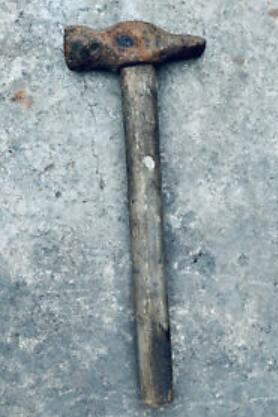
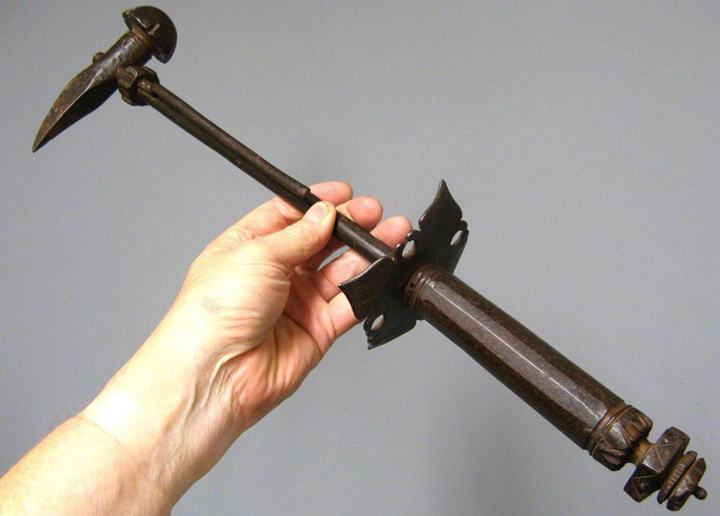
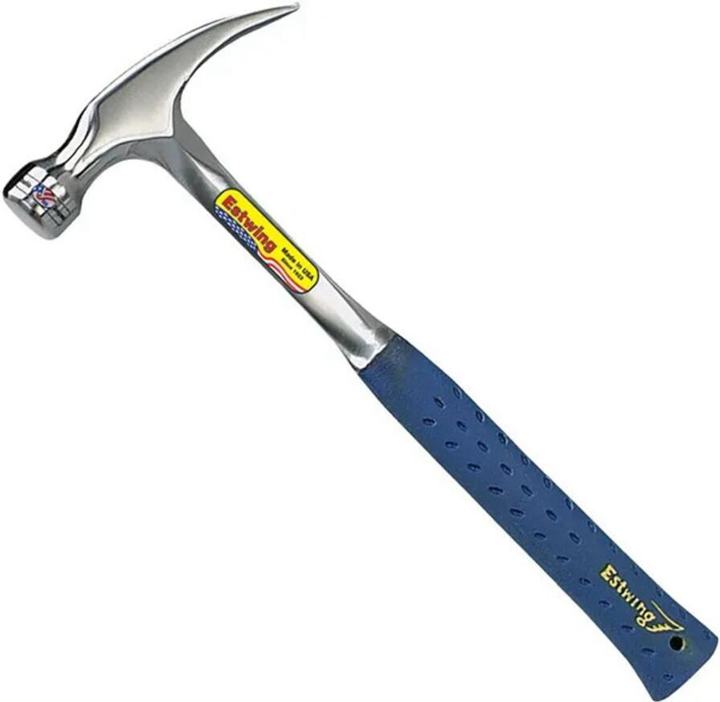
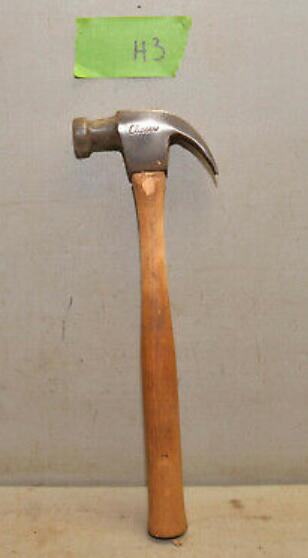
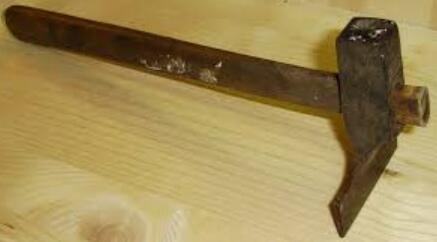
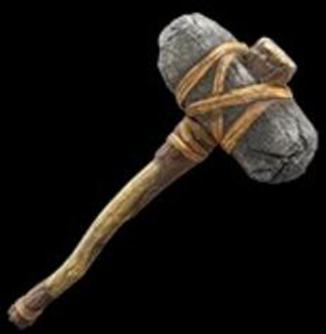
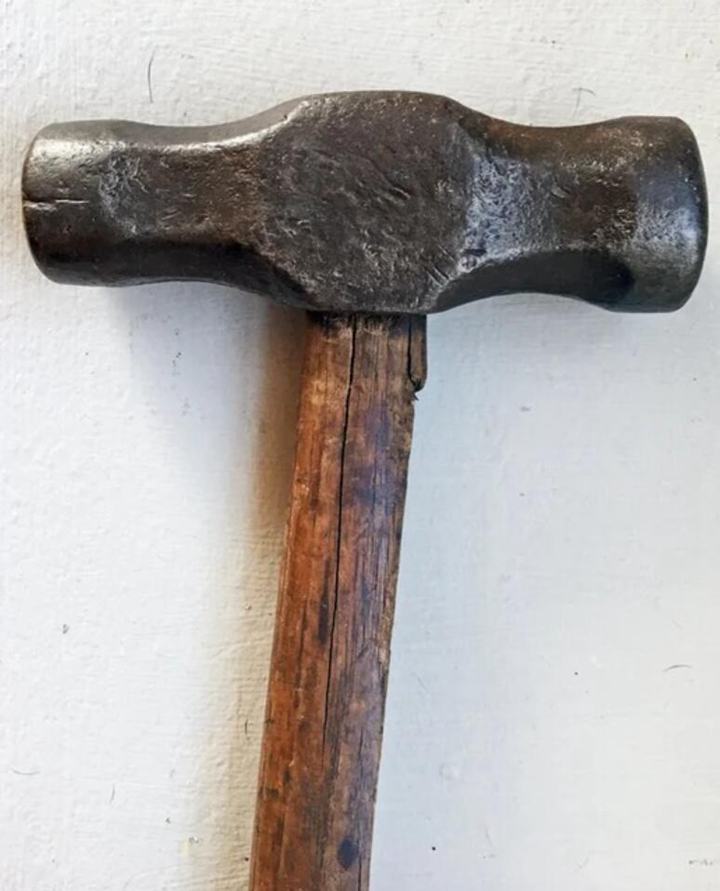
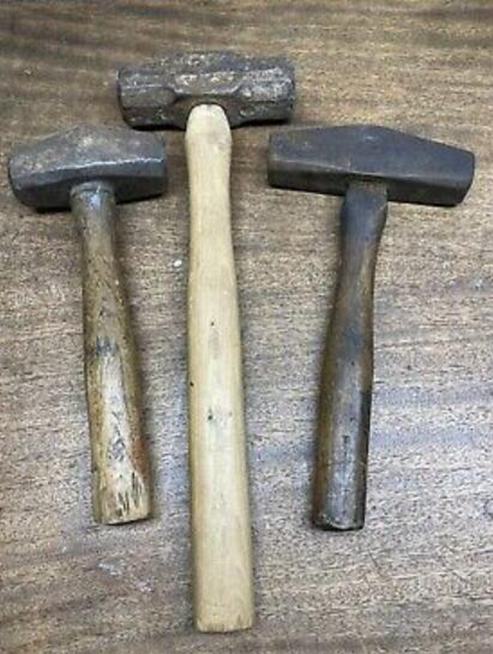

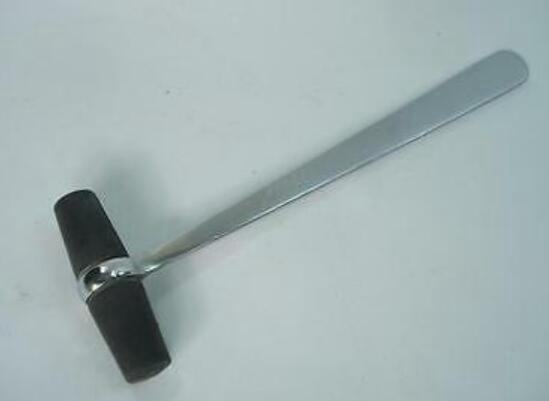
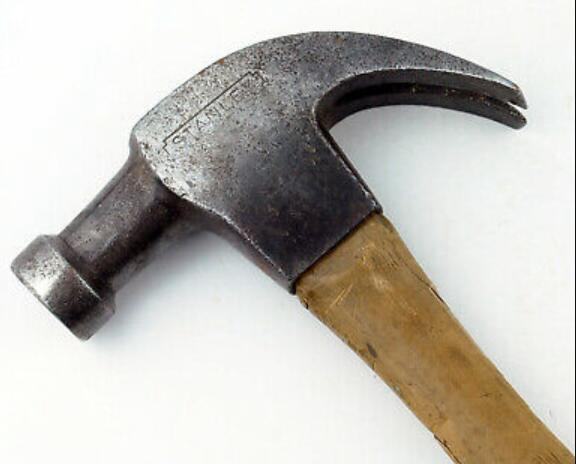
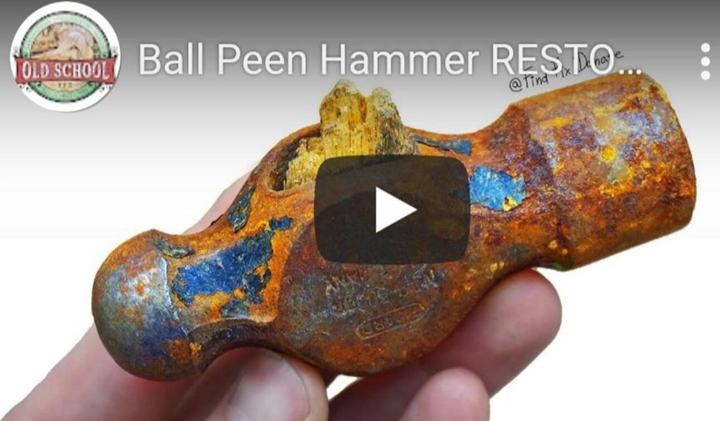
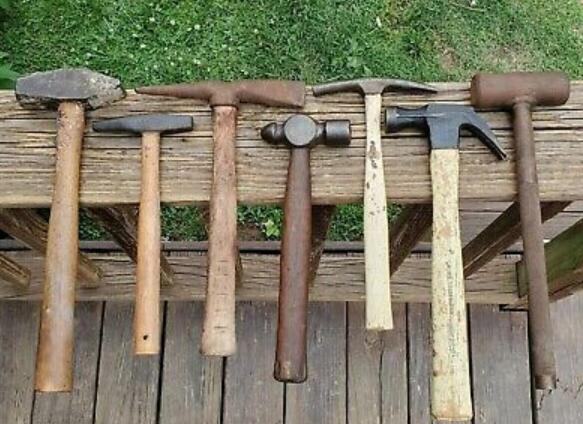
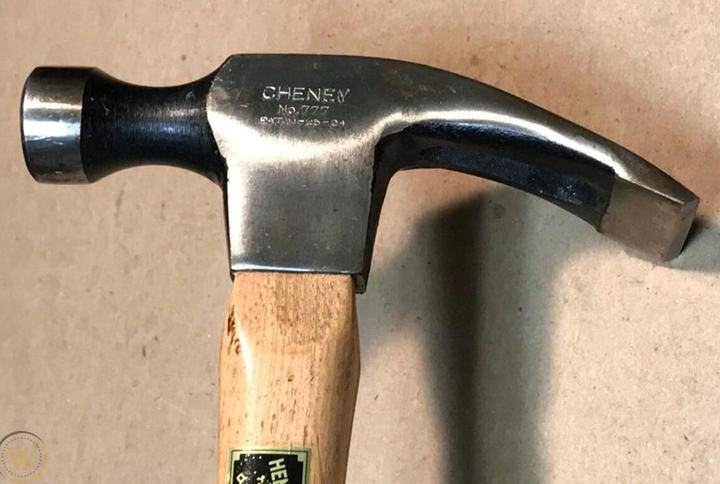






![Vintage Schwinn Bikes: [Types, Identification, and Values]](https://www.txantiquemall.com/wp-content/uploads/2022/05/5.-Schwinn-1967-Ramshorn-Fastback-Stingray-Sky-Blue-vtg-600x450.jpg)
